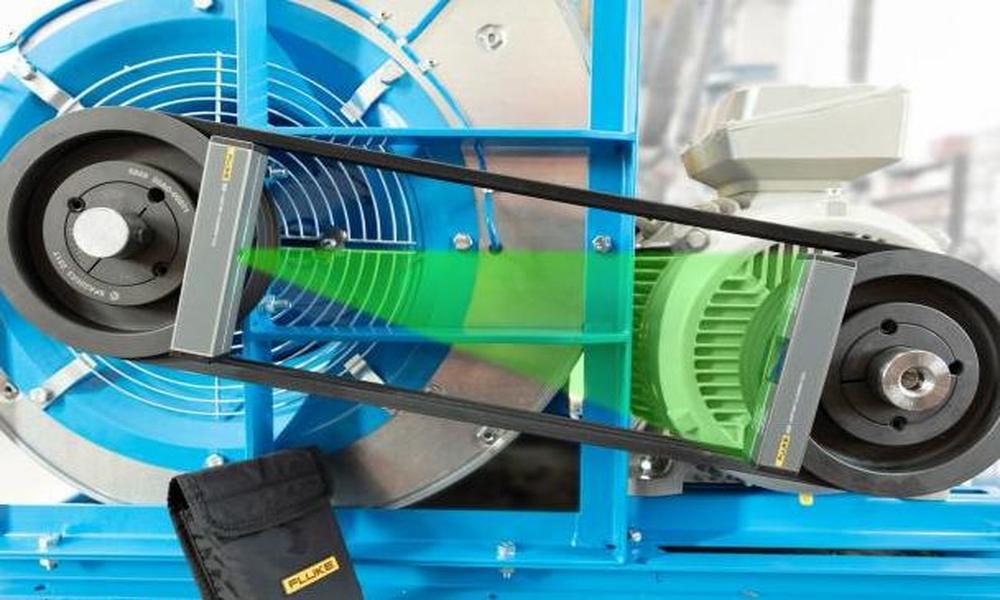Since they ensure the smooth operation of machinery and equipment, pulley alignment tools are crucial in various industries. However, proper maintenance is vital for pulley alignment tools to deliver accurate results and extend their lifespan. Neglecting maintenance can lead to distortions, reduced performance, and potential breakdowns.
By investing time and effort into regular upkeep, you can significantly enhance the tools’ reliability and overall efficiency. Let’s examine.
Regular Inspection and Cleaning
By conducting routine checks, you can identify any signs of wear, damage, or misalignment. Inspections should include assessing the condition of belts, sheaves, and pulleys, ensuring they are free from debris, rust, or other contaminants.
To keep your tools in optimal condition, it is essential to clean them regularly. Use a soft cloth or brush to remove dirt, dust, and grime from the tool’s surfaces. Avoid using harsh chemicals that may cause damage. Remember to clean both the tool itself and its accompanying accessories for thorough maintenance.
Proper Storage and Handling
To prevent damage, it is crucial to store tools in a clean and dry environment, away from excessive heat, moisture, or direct sunlight. Consider utilizing dedicated storage cases or cabinets to protect the tools from potential impact or accidental mishandling.
When handling the tools, ensure that your hands are clean and dry to prevent oil or moisture transfer. Avoid dropping or mishandling the tools, as they are precision instruments. By implementing proper storage and handling practices, you can minimize the risk of damage and maintain the tools’ accuracy.
Calibration and Alignment Checks
Regular calibration and alignment checks are essential to ensure the pulley alignment tools provide precise measurements. Over time, factors like vibration, temperature variations, or accidental impacts can affect the tools’ alignment. By calibrating the tools at specific intervals, you can correct any deviations and maintain their accuracy.
Alignment checks should be regular in order to verify that the tools are aligned correctly. Depending on the frequency of tool usage and the level of precision required, alignment checks may vary. It is advisable to consult the manufacturer’s guidelines or industry standards to determine the appropriate frequency for alignment checks.
Troubleshooting Common Issues
While pulley alignment tools are designed for accuracy and reliability, occasional issues may arise. Here are some common problems and their respective solutions:
- Inconsistent Readings: If you encounter inconsistent readings, ensure that the tool’s sensors are clean and properly aligned. Calibrate the tool as per the manufacturer’s instructions.
- Excessive Vibration: Excessive vibration during measurements can impact accuracy. Check for loose or worn-out components and tighten them if necessary. Consider using vibration-dampening materials or supports.
- Battery Drainage: If the tool’s battery drains quickly, replace it with a fresh one. Ensure the battery compartment is clean and free from corrosion.
- Mechanical Failures: In the event of mechanical failures, such as broken parts or damaged cables, contact the manufacturer for repair or replacement options.
By addressing these common issues promptly, you can maintain the optimal performance of your pulley alignment tools and minimize downtime.
Investing in Quality Tools and Accessories
Investing in high-quality pulley alignment tools and accessories is crucial for optimal performance and long-term reliability. Trusted brands and manufacturers often offer superior craftsmanship, accuracy, and durability. Consider researching reputable suppliers or consulting industry professionals to make informed purchasing decisions.
Quality tools may come with additional features or technological advancements that enhance their functionality and ease of use. While they present a higher upfront price tag, the long-term benefits make the initial investment worth it down the line.
By selecting reliable tools and compatible accessories, you can maximize efficiency and accuracy in your alignment processes.
Conclusion
Proper maintenance is vital for ensuring the longevity and accuracy of pulley alignment tools. By following regular inspection and upkeep practices, you can optimize the performance of your pulley alignment processes. Start implementing these maintenance strategies today and experience the benefits of a well-maintained pulley alignment mechanism.
Related posts
Categories
Recent Posts
Tags
Calendar
| M | T | W | T | F | S | S |
|---|---|---|---|---|---|---|
| 1 | ||||||
| 2 | 3 | 4 | 5 | 6 | 7 | 8 |
| 9 | 10 | 11 | 12 | 13 | 14 | 15 |
| 16 | 17 | 18 | 19 | 20 | 21 | 22 |
| 23 | 24 | 25 | 26 | 27 | 28 | 29 |
| 30 | ||||||

